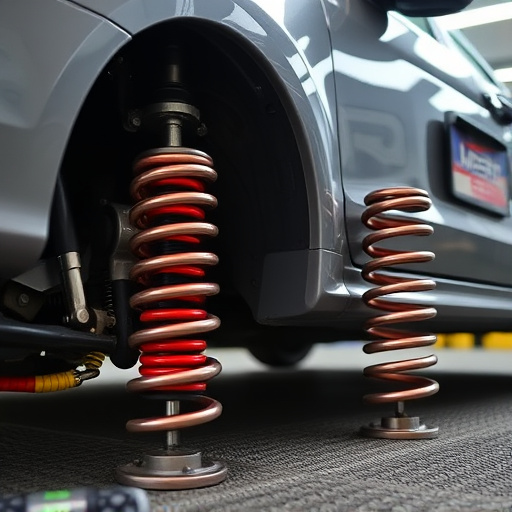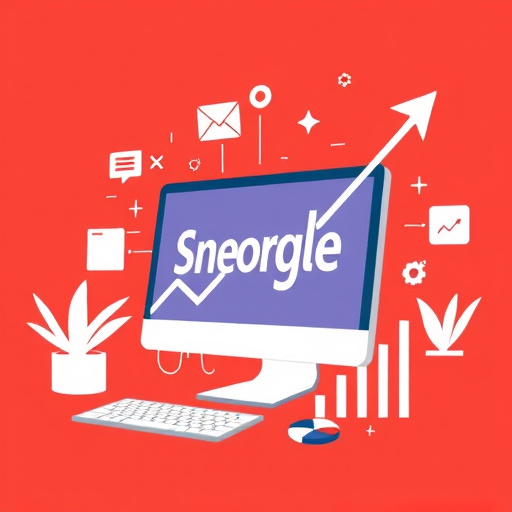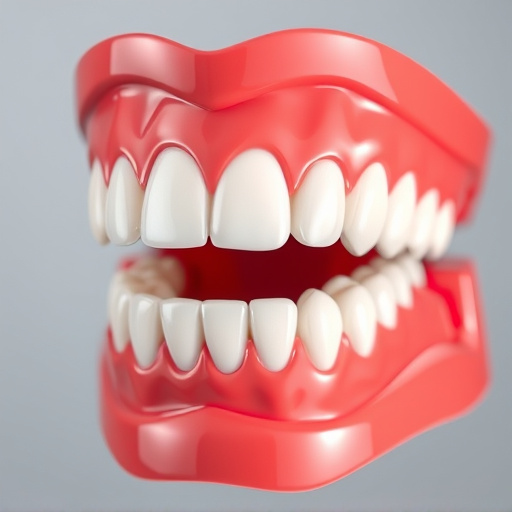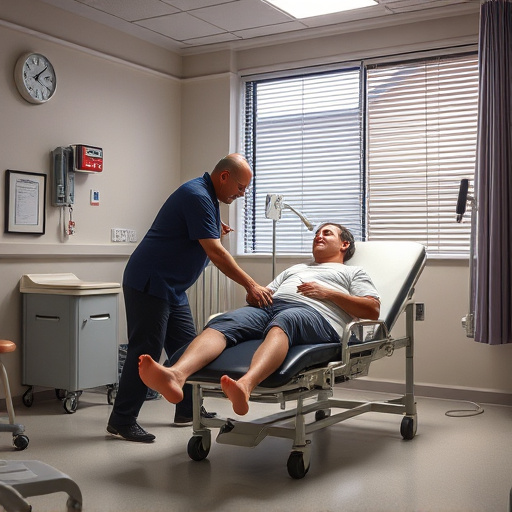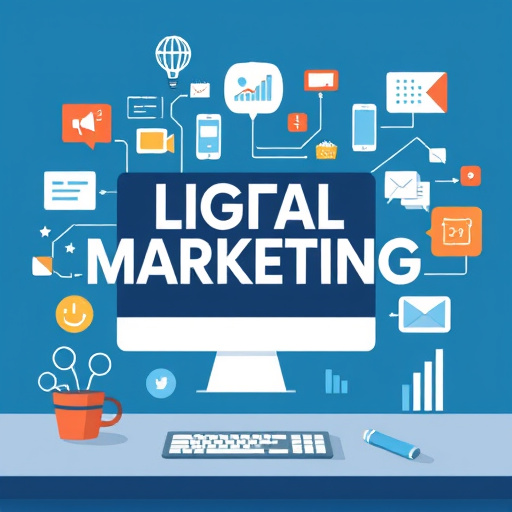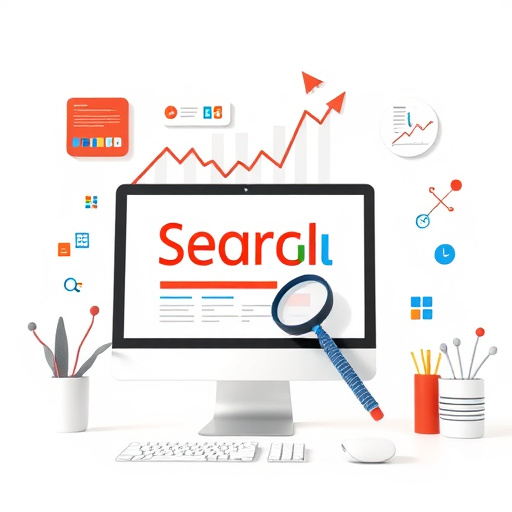Optimizing images through keyword-rich alt tags and website speed improvements significantly improves Google search rankings by leveraging visual search capabilities and enhancing user experience. Tracking success with tools like Google Search Console and analytics platforms allows for data-driven adjustments, while monitoring engagement metrics reveals user interest in content. A top web design agency balances aesthetics and functionality to capture and retain user attention.
Optimizing images is a powerful strategy to boost your online visibility and improve Google search rankings. With visual search becoming increasingly prevalent, enhancing image optimization techniques can drive more traffic to your website. This article delves into the essentials of understanding image SEO, exploring effective strategies to elevate your visual search results, and measuring the impact through tracking rankings and engagement metrics.
- Understanding Image Optimization for SEO
- Techniques to Enhance Visual Search Results
- Measuring Success: Tracking Rankings & Engagement
Understanding Image Optimization for SEO

Optimizing images is a powerful strategy to enhance your search engine optimization (SEO) and boost your online visibility, especially when aiming to improve Google search rankings. It involves more than just making images look great; it’s about providing relevant, descriptive content that search engines can understand. When you optimize images, you ensure they are not just visually appealing but also act as valuable data points for search algorithms.
By incorporating relevant keywords and alt text, you teach search engines about the content within your images, which is especially beneficial for visual-focused searches. For instance, if you have a web design near me that showcases a stunning website layout, descriptive file names and alt tags can convey this information to Google, increasing the chances of your website appearing in relevant searches for digital marketing Broward. Additionally, optimized images can significantly impact increasing website traffic by making your site more engaging and improving user experience.
Techniques to Enhance Visual Search Results

Optimizing images is a powerful strategy to elevate your online visibility and boost your search engine rankings. Google’s visual search capabilities have advanced significantly, allowing the platform to understand and interpret image content. One effective technique is to include relevant keywords in alt tags—a simple yet effective way to describe an image’s content for both users and search engines. This practice ensures that when visually similar images are found online, your content is more likely to appear in related searches.
Additionally, improving website speed optimization plays a crucial role in visual SEO. Faster loading times mean visitors are more inclined to engage with your content, including images. A well-optimized website, with streamlined image formats and efficient coding, can significantly enhance user experience and search engine rankings. Consider employing a reputable SEO consultant near me for professional guidance on implementing these techniques as part of your comprehensive SEO audit services.
Measuring Success: Tracking Rankings & Engagement

Measuring success is a vital step in optimizing images to improve Google search rankings. By utilizing tools like Google Search Console and analytics platforms, you can track your website’s performance over time. Pay close attention to keyword rankings; as you implement optimized image strategies, you should observe an upward trend in relevant search terms. These insights allow you to understand which techniques are most effective and make data-driven adjustments.
Additionally, tracking engagement metrics is crucial. Monitor click-through rates (CTR) from image results, as this indicates user interest in your content. A professional web design or website design agency that excels in responsive web design understands the importance of balancing aesthetics with functionality, ensuring images load swiftly while maintaining high-quality visual appeal to capture and retain user attention.
By optimizing images with relevant file names, alt tags, and compression techniques, you can significantly enhance your website’s visibility in visual search results. Regularly tracking your rankings and engagement metrics allows you to refine your strategy and stay ahead of the curve. Implementing these practices is not just about improving aesthetics; it’s a powerful way to boost your online presence and attract more organic traffic from Google searches.
